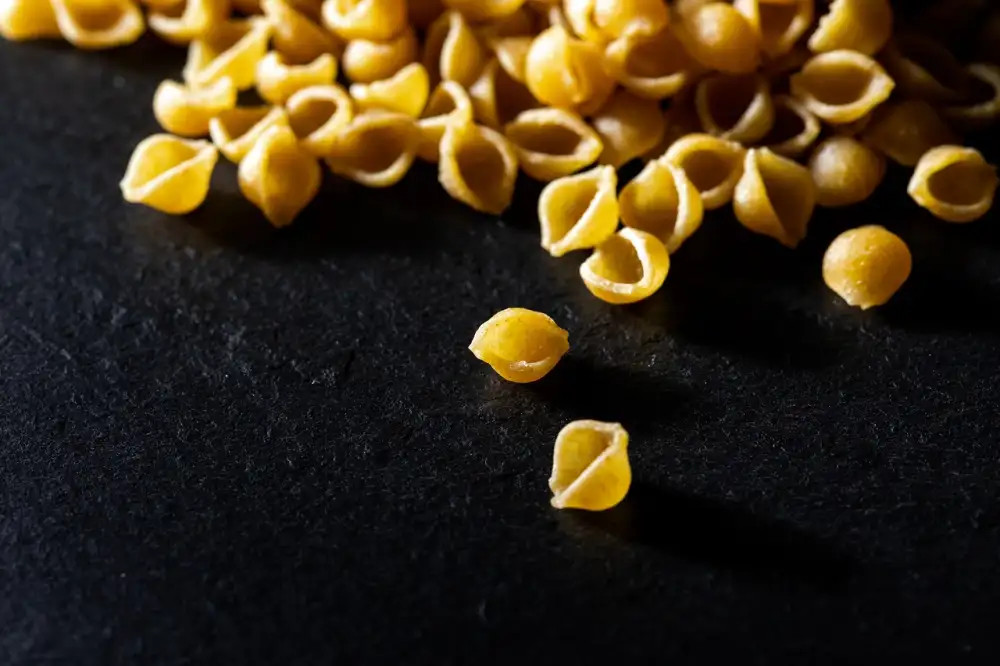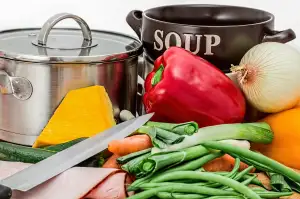Unveiling the Delightful Versatility of Pastina: A Guide to Cooking and Enjoying this Tiny Pasta

**Introduction to Pastina:**
Pastina, which translates to "little pasta" in Italian, is a tiny pasta that has been cherished in Italian cuisine for centuries. Originating from Italy, pastina holds a special place in the hearts of many due to its delicate texture and versatility in cooking. This type of pasta has a rich history, with records dating back to ancient Roman times when it was considered a staple food for its simplicity and ease of preparation. Over the years, pastina has evolved into various shapes and sizes, each offering a unique culinary experience.
Varieties of Pastina:
Pastina comes in various shapes and sizes, ranging from tiny stars to small tubes and grains. Some popular types in Italian cuisine include Acini di pepe (small peppercorns), Stelline (little stars), Orzo (barley-shaped), and Ditalini (small tubes). Each shape offers a unique texture and can be used in different dishes, from soups to salads. The versatility of pastina allows for creative culinary exploration, making it a beloved ingredient in Italian kitchens.
Cooking with Pastina:
When it comes to cooking with Pastina, traditional methods involve boiling the tiny pasta in salted water until al dente, usually for about 5-7 minutes. It can then be incorporated into soups, broths, or even served simply with butter and cheese. Modern recipes have expanded the versatility of Pastina, incorporating it into casseroles, salads, and even desserts like Pastina pudding. Its small size allows it to absorb flavors well, making it a versatile ingredient in various dishes.
Nutritional Value of Pastina:
Pastina, despite its small size, packs a nutritional punch. This tiny pasta is typically made from durum wheat semolina, providing essential nutrients like iron, B vitamins, and fiber. A one-cup serving of cooked pastina contains around 200 calories, making it a moderate source of energy. Its low fat content and high carbohydrate content make it a good source of sustained energy. Additionally, pastina is cholesterol-free and low in sodium, making it a heart-healthy choice when prepared without added salt or fatty sauces. Incorporating vegetables and lean proteins into pastina dishes can further enhance its nutritional profile, creating a balanced meal option rich in vitamins and minerals. Enjoying pastina in moderation as part of a varied diet can contribute to overall health and well-being.
Serving Suggestions:
When it comes to enjoying pastina, the possibilities are endless. Pair this tiny pasta with a variety of sauces such as marinara, pesto, or creamy cheese sauces to enhance its delicate flavor. For a heartier meal, consider adding vegetables like peas, carrots, or spinach to create a nutritious and satisfying dish.
Complementary side dishes like a fresh green salad or garlic bread can perfectly complement the simplicity of pastina dishes. For a more indulgent experience, top your pastina with grated Parmesan cheese or crispy breadcrumbs for added texture and flavor.
The beauty of pastina lies in its versatility, making it suitable for both comforting classics and innovative creations. Experiment with different flavor combinations and ingredients to elevate your pastina dishes and delight your taste buds.
Cultural Significance of Pastina:
Pastina holds a special place in Italian culinary traditions, often associated with comfort and nostalgia. In Italy, pastina is commonly served to children and the elderly due to its soft texture and ease of digestion. It symbolizes warmth, care, and tradition in Italian households. Additionally, pastina plays a role in various rituals such as weddings and religious ceremonies where it signifies unity and prosperity. Its presence on the table signifies the importance of family bonds and shared meals, making it a staple in Italian culture for generations.
In conclusion, pastina stands out as a versatile and beloved ingredient in the culinary world. Its rich history, various shapes, and adaptability in recipes make it a staple in Italian cuisine and beyond. From comforting soups to flavorful salads, pastina can be enjoyed in numerous ways. Its nutritional value adds to its appeal, offering a source of essential nutrients and health benefits when consumed in moderation. Embrace the charm of pastina by exploring different cooking methods and pairing it with diverse sauces and toppings. Let pastina's cultural significance inspire you to create delicious dishes that celebrate tradition and innovation alike. So, next time you're in the kitchen, consider incorporating pastina into your culinary creations for a delightful dining experience.
Published: 23. 04. 2024
Category: Food



